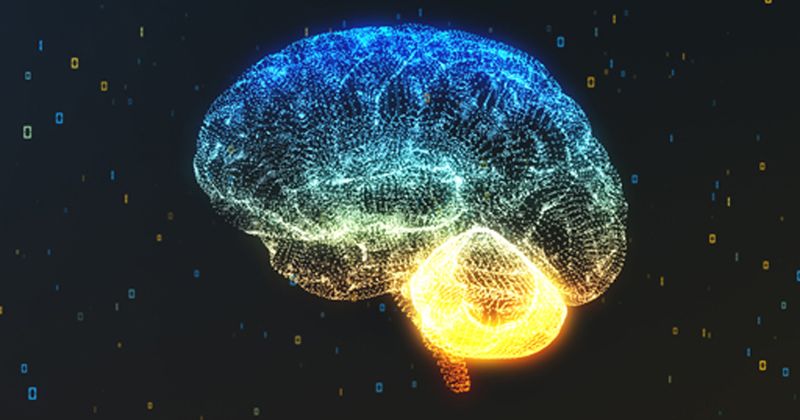IDH mutation status may predict treatment response in low-grade glioma
Low-grade glioma is a historically challenging cancer to treat, with some patients succumbing to the disease within weeks of diagnosis and others surviving for decades.
Treatment responses and survival outcomes can vary based on several patient and disease characteristics, including molecular subtype.

“We have found that patients who have a mutation in the IDH gene do significantly better,” Arnab Chakravarti, MD, professor and chair of the department of radiation oncology, Klotz family chair of cancer research, and director of the brain tumor program at The Ohio State University Comprehensive Cancer Center, said in an interview with Healio. “These patients appear to have a much more favorable prognosis and survive for years, if not decades. So, we decided to further investigate whether IDH mutations can predict which patients with low-grade glioma serve to benefit from the addition of chemotherapy to radiation vs. radiation alone.”

Chakravarti and colleagues evaluated the predictive value of IDH mutations in relation to OS by conducting a post-hoc analysis of NRG Oncology/RTOG 9802, the rst study to show a survival benet of adjuvant chemoradiotherapy vs. radiotherapy among patients with low-grade glioma. The study enrolled 251 patients with high-risk, low-grade glioma, of whom 116 had sufficient tissue available for genomic analyses using various approaches.
Chakravarti spoke with Healio about the findings of the analysis, published in Journal of Clinical Oncology, and their potential for guiding low-grade glioma treatment decisions, as well as future research into the possible mechanistic role of IDH mutations in this disease.
Question: Why did you decide to study the predictive value of IDH mutations in terms of response to adjuvant chemotherapy in low-grade glioma?
Answer: The choice of therapies in the setting of low-grade glioma has been very controversial. Part of the controversy surrounds the fact that some patients with low-grade glioma have a much more aggressive phenotype than others who can survive for decades. Having established the prognostic value of IDH mutations, we sought to determine whether patients with these mutations also had a more favorable response to the addition of chemotherapy to radiation vs. radiation alone. PCV (procarbazine, lomustine and vincristine) is known to have some side effects; it’s not a free lunch. So, it was very important for us to identify which patients truly benefited from the addition of PCV to radiation vs. radiation alone. We asked the question based on this genetic biomarker, IDH, assessing its mutational status.
Q: What did you find?
A: Patients who had IDH mutations did significantly better, both in terms of PFS (HR = 0.32; P = .003) and OS (HR = 0.38; P =.013), with the addition of PCV to radiation. Conversely, patients who did not have the IDH mutation did not seem to derive a significant benefit from the addition of PCV to radiation and potentially could be spared the side effects of PCV. So, we answered a very important question in terms of which patients with low-grade glioma ideally should receive PCV chemotherapy in addition to radiation.
Q: Will IDH mutations be used in practice to determine which patients with low-grade glioma should receive adjuvant chemotherapy after radiation?
A: I think that statement is accurate based on our data from that study. If you’re asking a broader question about other types of glioma, we don’t know if that holds. That needs to be investigated.
Q: Could there be a mechanistic connection between IDH mutations and more favorable prognosis and response to chemotherapy in high-risk, low-grade glioma?
A: We have some very interesting, albeit very preliminary leads, but this is a critical question. That’s where ongoing research can make a difference in terms of the treatment of these brain tumors. If there is a mechanistic connection, how do we manipulate the IDH pathway to enhance sensitivity of these tumors to chemotherapy and radiation? That is a question our laboratory is investigating as we speak.
For more information:
Arnab Chakravarti, MD, can be reached at The Ohio State University Medical School, 460 W 10th Ave., Room D252F, Columbus, OH 43210; Twitter: @NRGonc; email: arnab.chakravarti@osumc.edu.
